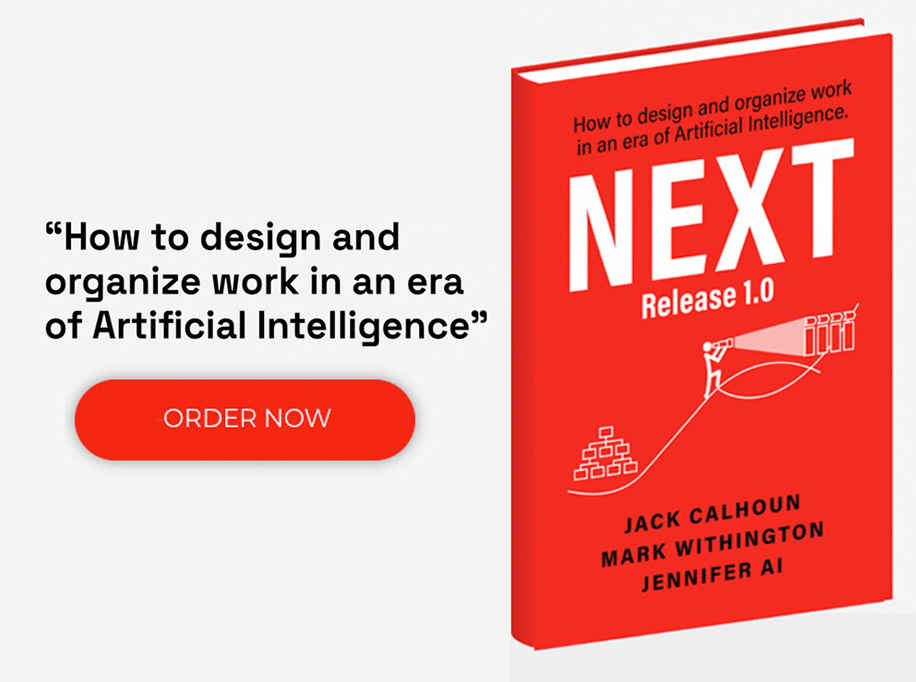“Everyone is trying to do their best but they don’t fully understand our strategy. As a consequence, we are getting better and better at things that don’t matter.”
Senior Business Manager
While most leaders have a good idea of what they want their organizations to do, they struggle to translate their vision into focused and effective action.Most executives see their role as creating and communicating corporate strategy but leave the implementation to others. They erroneously believe that once a strategy is defined, the organization will automatically rally behind it, understand what needs to be done, and execute the necessary steps to bring the strategy to fruition – but this is rarely the case. As strategies move across and down the organization they become distorted, resulting in diluted business impact and wasted resources. A Harvard Business Review research study shows that as much as 50 percent of implementers can’t accurately articulate the strategy they are trying to effect. How does this happen?
Loss of strategy cohesion
Strategy typically gets off to a bad start on day one. At most companies, strategy discussions occur only once a year, typically at a time when everyone is ready to get the direction and get moving. This allows for very little reflection and refinement to ensure strategy nuances are understood and everyone at the table interprets the discussion the same way. Strategies are also inadequately documented, often summarized into a small set of broad goals. Given the short amount of time spent on strategy development and the sparse documentation, it is easy to see how those involved walk away with different interpretations. Take the example of a CEO with 8 direct reports working out their corporate strategy. If each person in the discussion accurately interprets 97% of the discussion then the group walks away from the table with a common view of 76% of the strategy (3% x 8 people = a 24% loss of strategy cohesion).
Loss of strategy fidelity
Corporate level strategy loses most of its original intent as it is translated down and across the organization. As each lower level manager translates the strategy to fit his or her accountabilities and view of the world, they unwittingly (and sometimes quite knowingly) interpret the strategy to fit their own interests. This loss of strategy fidelity increases as the strategy moves through the organization greatly diminishing the clarity of the original intent. Given that this process works independently among the various business units it is no surprise that less than half the organization has a cohesive view of the original strategy.
This loss of fidelity coupled with the original loss of cohesion results in investments and activities that are not aligned with the original strategic intent and often in conflict with one another.
A lack of process
Most companies have a well-defined process for ordering post-it notes but almost no repeatable process for strategy development and execution. The consequence is strategy execution never improves. Having a well-defined and documented process for translating strategy into action provides a platform for strategy execution improvement. The result is strategy execution becomes more efficient and significant increase in change velocity.
The bottom line:
Strategy is much harder to implement than most imagine. Very few managers can describe the connection between top-line strategies and the work their organization performs. It takes an organized and concerted effort to turn high-level strategy into meaningful action. Accelare calls this work the strategy-to-execution process. We think managing this process is a leadership best practice.
Upcoming Webinar:
Over the next month, I will offer a series of blogs specific to Business Architecture developing a clear plan to drive greater value for their business constituents and translate strategy into action. Stay tuned as we will be offering a webinar next month as well. In the meantime, click below to pre-register and we will send the details once we confirm the date.











